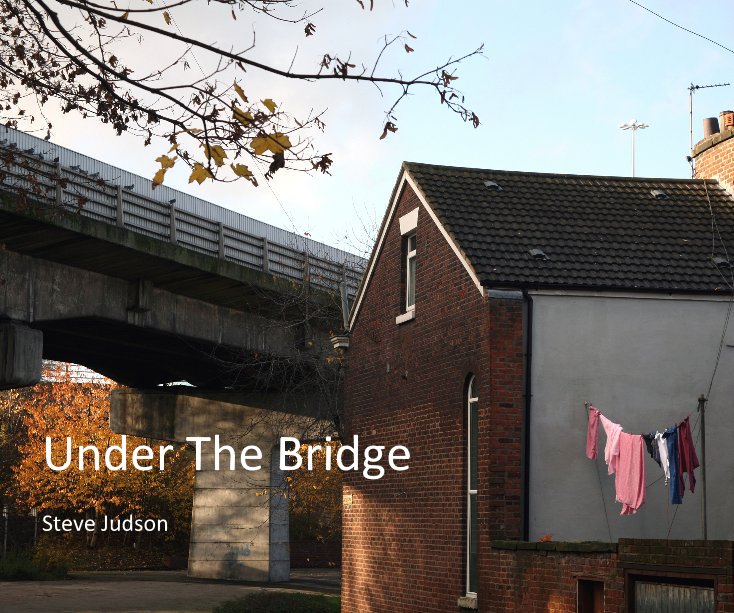Über das Buch
With modernisation we all understand comes change, circumstances alter, situations occur, and consequences arise that can have an effect on the environment, location and populace. In 1947, an Act of Parliament approved the construction of a high level road bridge, to link the counties of Lancashire and Cheshire; this would replace the Runcorn and Widnes Transporter Bridge that had served both counties since 1905.
The need for an alternative Mersey crossing was essential, but the local communities of Runcorn and Widnes were largely overlooked when the consultations took place. Compulsory purchase orders were served on the residents of Dukesfield and Waterloo Road areas, they were given alternative accommodation in other parts of Runcorn. Stemming from this, the local community was broken up and destroyed by, not only the bridge itself, but the approach roads that cut through their streets.
All of the local shops and businesses that had served the area for many years closed in the wake of the bridge, neighbours were dispersed and the community all but disappeared. This area is unique with evidence of how not to treat a neighbourhood, and time will tell if the planners have learned anything, with the newly proposed Mersey Gateway Bridge due to commence in 2014 just 1.5 Kms to the east of the existing Runcorn Widnes bridge.
Today, the Runcorn Widnes Bridge is used daily by more than eighty thousand motorists for a matter of only 2 to 3 minutes when making the crossing over the River Mersey. But what of those people who remained, who live with the Bridge every day; it’s on their doorsteps, in their gardens, and over their heads. Either side of the bridge in the streets below, there are remnants of isolated terraces and remote properties. The remaining residents having to endure many impacts of this intrusion in their everyday lives...................
The need for an alternative Mersey crossing was essential, but the local communities of Runcorn and Widnes were largely overlooked when the consultations took place. Compulsory purchase orders were served on the residents of Dukesfield and Waterloo Road areas, they were given alternative accommodation in other parts of Runcorn. Stemming from this, the local community was broken up and destroyed by, not only the bridge itself, but the approach roads that cut through their streets.
All of the local shops and businesses that had served the area for many years closed in the wake of the bridge, neighbours were dispersed and the community all but disappeared. This area is unique with evidence of how not to treat a neighbourhood, and time will tell if the planners have learned anything, with the newly proposed Mersey Gateway Bridge due to commence in 2014 just 1.5 Kms to the east of the existing Runcorn Widnes bridge.
Today, the Runcorn Widnes Bridge is used daily by more than eighty thousand motorists for a matter of only 2 to 3 minutes when making the crossing over the River Mersey. But what of those people who remained, who live with the Bridge every day; it’s on their doorsteps, in their gardens, and over their heads. Either side of the bridge in the streets below, there are remnants of isolated terraces and remote properties. The remaining residents having to endure many impacts of this intrusion in their everyday lives...................
Eigenschaften und Details
- Hauptkategorie: Fachbücher
-
Projektoption: Standard-Querformat, 25×20 cm
Seitenanzahl: 80 - Veröffentlichungsdatum: Sept. 19, 2011
- Sprache English
- Schlüsselwörter Runcorn Bridge, Communities, History
Mehr anzeigen

